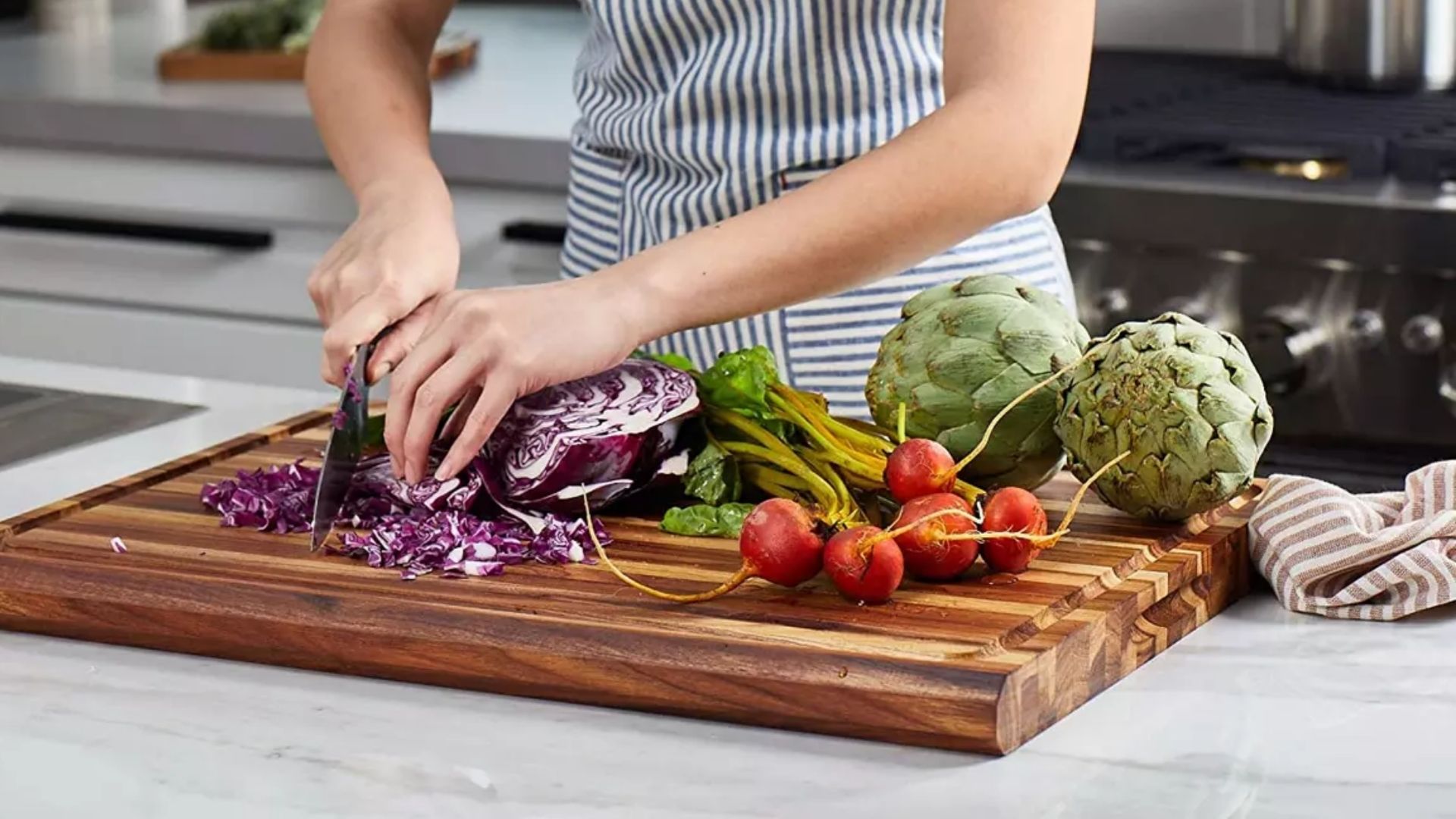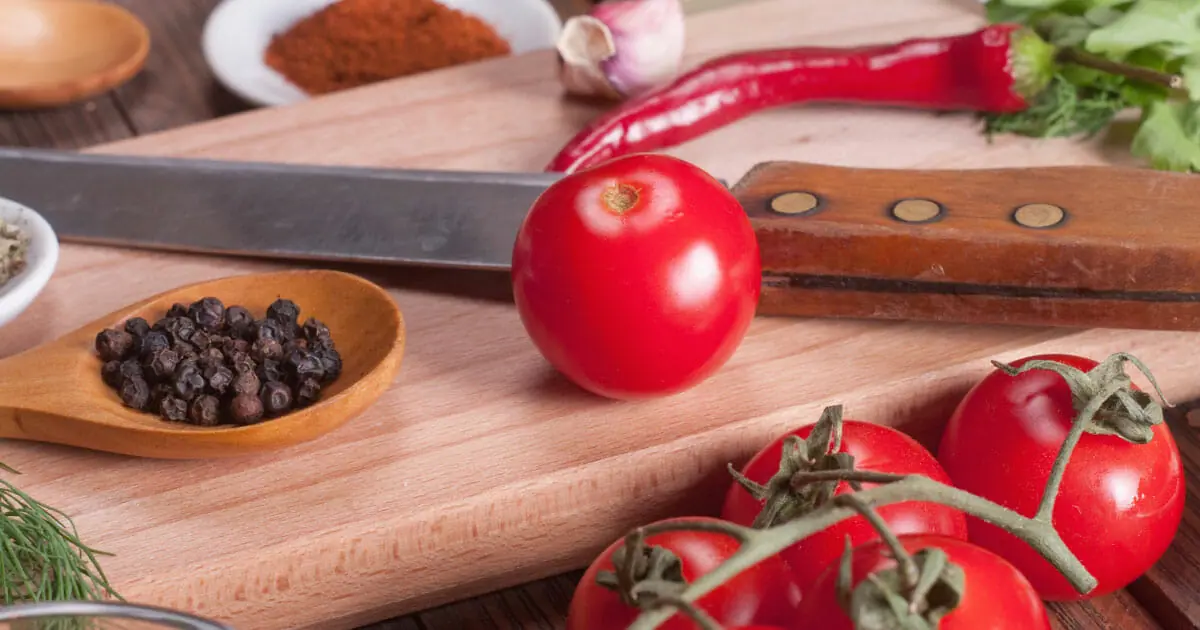Whether you are a home cook or a professional chef, your cutting board is one of your most valued tools. Over time, however, even the most well-loved cutting boards can begin to show signs of wear and tear. So, how can you bring back its former glory? In this article, we will show you how to refinish your cutting board with easy-to-follow steps that will make your cutting board look as good as new.

Why You Need to Refinish Your Cutting Board
Refinishing a cutting board is essential for its longevity. Here are a few reasons why:
- Sanitation: Over time, food particles can get stuck in the grooves, creating a breeding ground for bacteria.
- Aesthetic appeal: A well-maintained cutting board is a pleasure to use and will look great in any kitchen.
- Functionality: Regularly refinishing your board will keep the surface smooth and your knives in top condition.
Gather Your Materials
Before we get started, you will need a few essential items:
- Sandpaper (80-grit, 120-grit, and 220-grit)
- Mineral oil or cutting board oil
- A clean cloth
- A scraper
- Wood glue (optional)

Step-by-Step Guide to Refinishing Your Cutting Board
Step 1: Clean the Board
Start by thoroughly cleaning your cutting board. Use warm, soapy water and a scrub brush to remove any food particles and stains.
Step 2: Scrape the Surface
Next, use a scraper to remove any remaining bits of food or surface grime. This will ensure that the sanding process goes smoothly.
Step 3: Sand the Board
Begin sanding with the 80-grit sandpaper to remove deep scratches and stains. Move to the 120-grit sandpaper to smooth out the surface, and finish with the 220-grit sandpaper for a silky finish.
Step 4: Oil the Board
After sanding, wipe down the board with a slightly damp cloth to remove any dust. Apply mineral oil or a food-grade cutting board oil generously over the entire surface. Allow the oil to soak in overnight, and then buff off any excess with a clean cloth.
Step 5: Let It Rest
Finally, let your cutting board rest for at least 24 hours before using it again. This will give the oil time to fully absorb and condition the wood.

Maintaining Your Refinished Cutting Board
To keep your cutting board in top condition, follow these tips:
- Regular oiling: Apply mineral oil or cutting board oil monthly to maintain the wood’s condition.
- Avoid water damage: Do not soak your cutting board in water or put it in the dishwasher.
- Store properly: Store your board in a dry place to prevent warping.
Common Mistakes and How to Avoid Them
Using the Wrong Type of Oil
Always use food-grade mineral oil or specialized cutting board oil. Do not use vegetable oil, as it can turn rancid.
Skipping Sanding Grits
Don’t rush the sanding process. Using all three sandpaper grits (80, 120, 220) will ensure a smooth, even surface.
Additional Tips and Tricks
- Use wood glue: If your cutting board has cracks, apply wood glue and clamp it overnight to repair.
- Lemon and salt: For a natural deodorizer, rub your board with lemon and salt before rinsing.
FAQs
How often should I refinish my cutting board?
It depends on usage, but generally, every six months to a year should suffice.
Can I use other types of oil?
Only use food-grade oils such as mineral oil or cutting board oil. Avoid vegetable oils as they can go rancid.
What if my board has deep gouges?
Sand out as much as possible and apply wood filler before your final sanding and oiling.
For more information on cutting board safety, check out this external link.
For more tips on kitchen maintenance, check out this guide on how to cook chicken on a gas grill.
As an Amazon Associate, I earn from qualifying purchases.
As an Amazon Associate, I earn from qualifying purchases.


